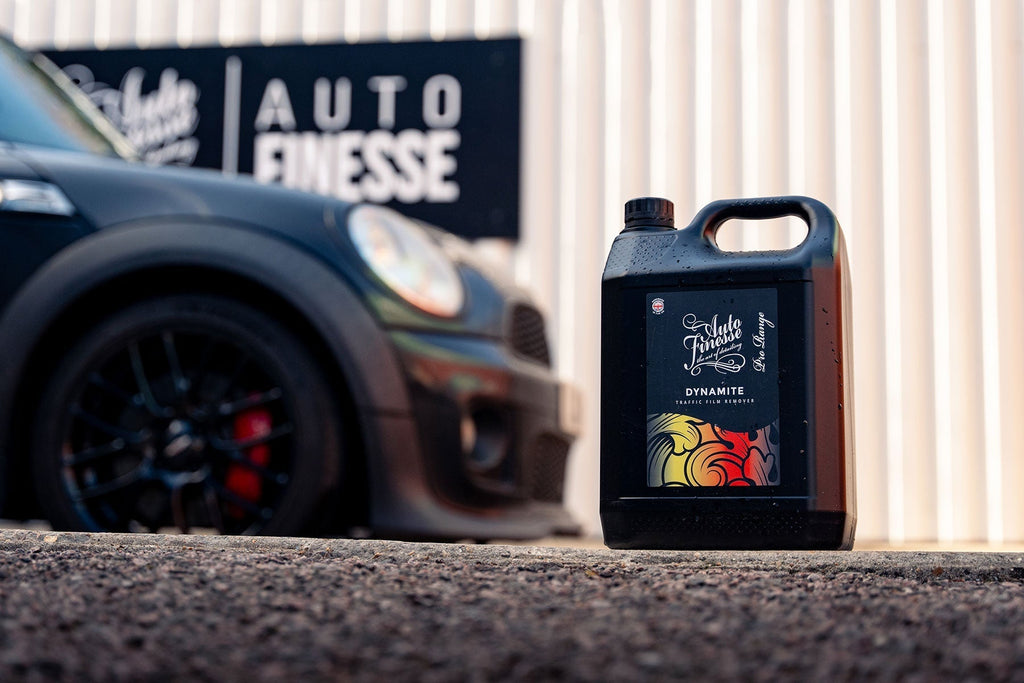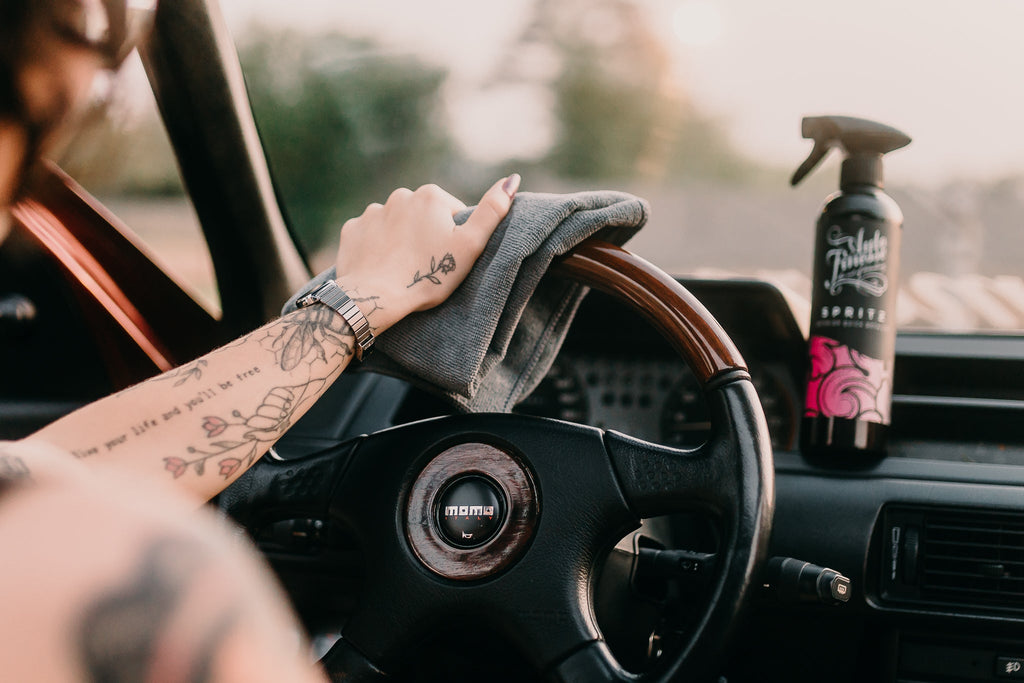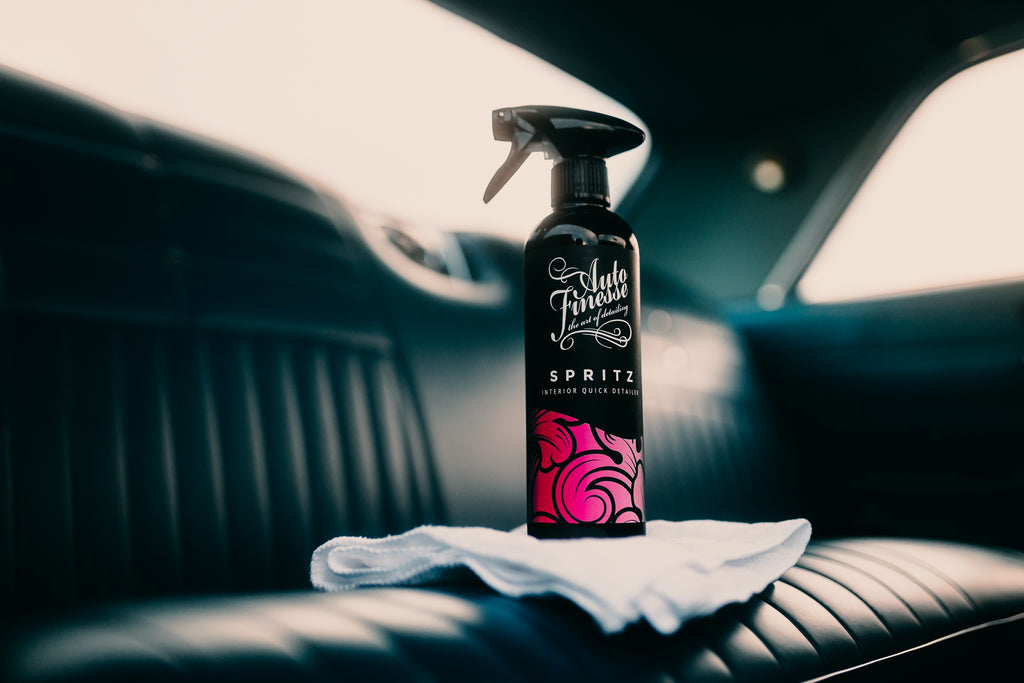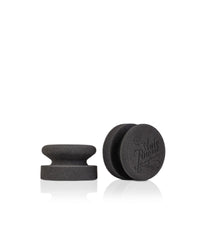The main difference comes in the way these protection layers bond to surfaces. A wax (like those in our Signature Wax Collection, along with Radiance Carnauba Creme and Mint Rims Wheel Wax), will physically hold on to the top layer, creating a strong bond and leaving a layer of wax protection that's separate to the paintwork. Waxes can be durable from a few months, right up to 8-months or so, depending to the content of hard wax and other ingredients in the blend. A ceramic coating however, will chemically bond to the surface, essentially becoming an integral part of the top layer, and this is the reason why coatings tend to have more durability, because these molecular bonds are more resilient to chemicals and abrasion, making them more difficult to remove. The Si02-based coating in our Paintwork Protection Kit for example has a durability of up to 12-months for exactly this reason. It's also explains why a ceramic coating cannot be applied over the top of a wax layer, because the wax will block the chemical bonding process, but a wax can be applied over a (fully cured) ceramic coating, because it will happily bond to almost any surface. Both types of protection layer are impermeable to moisture, make your paintwork appear deeper and shiner, and ensure that the vehicle is easier to clean the next time around, simply because the grime won't stick. When it comes to choosing between the two, Waxes tend to be slightly easier to apply, and ceramic coatings tend to offer more hardy protection for daily drivers, but the truth is that, for the most part, it's all down to personal preference, especially when it comes to looks. Ceramic coatings are man-made and engineered to be perfectly clear, allowing light to pass through and back to the eye completely uniformly. Hard waxes have a certain amount of natural impurities that bend and soften the light as it comes back to your eye, this is what gives them their trademark warm glow.

![]() NEED HELP CALL +44 (0)1279 912 912
NEED HELP CALL +44 (0)1279 912 912











